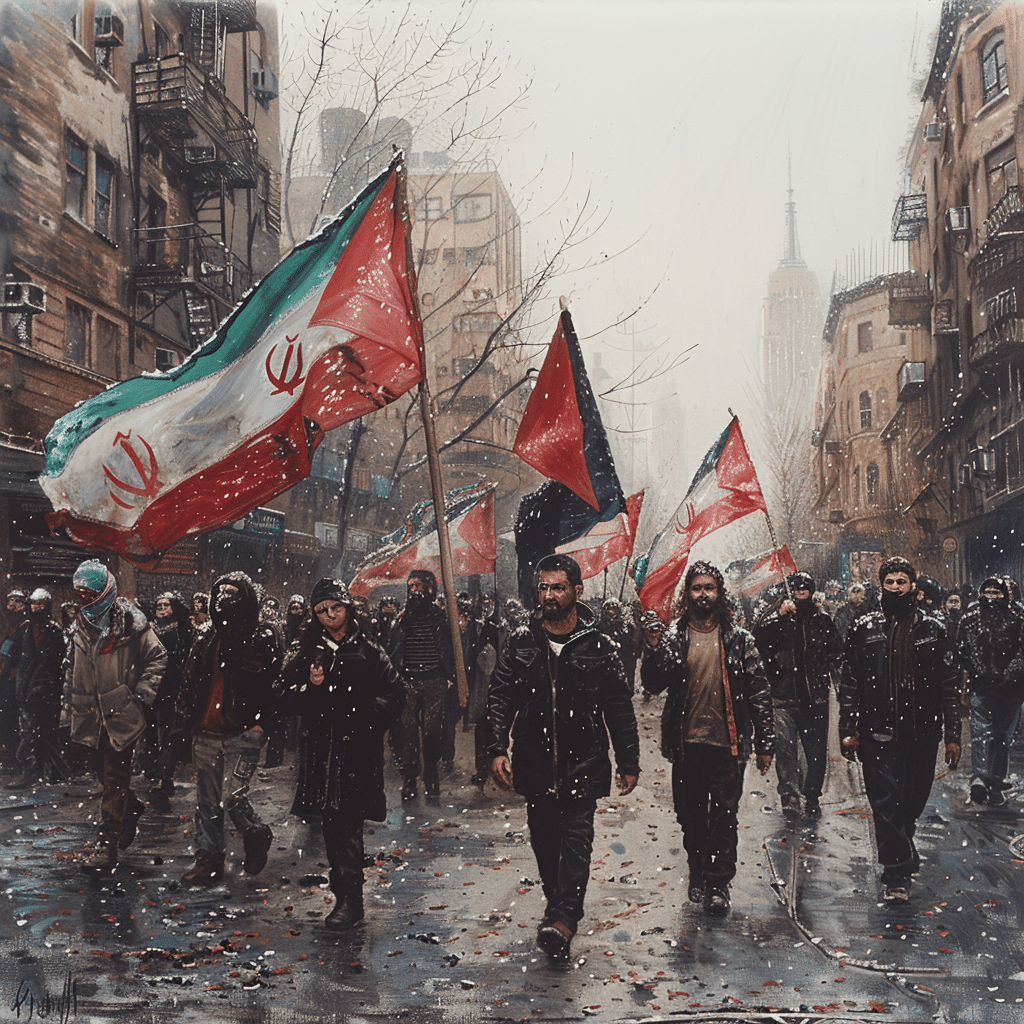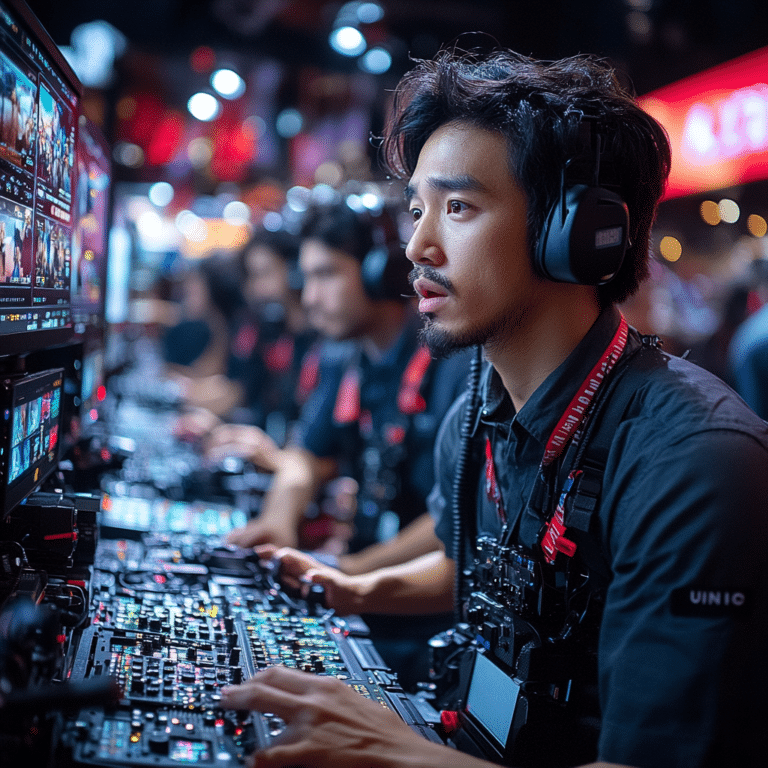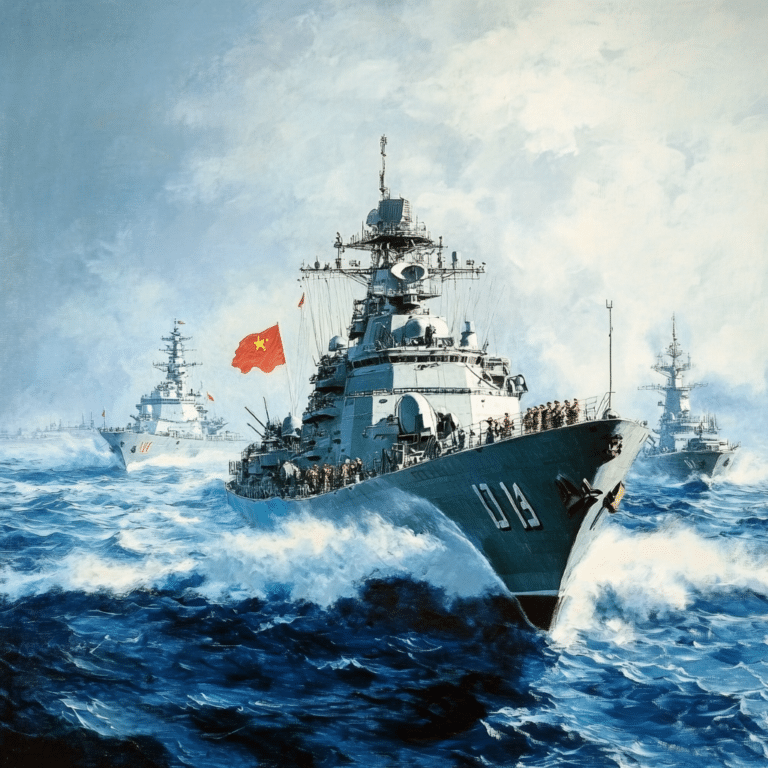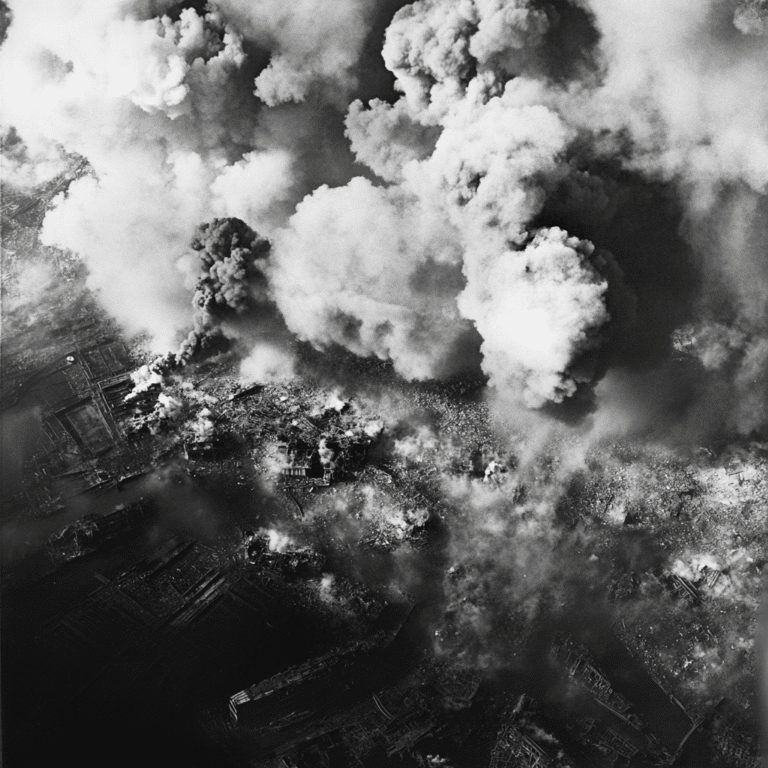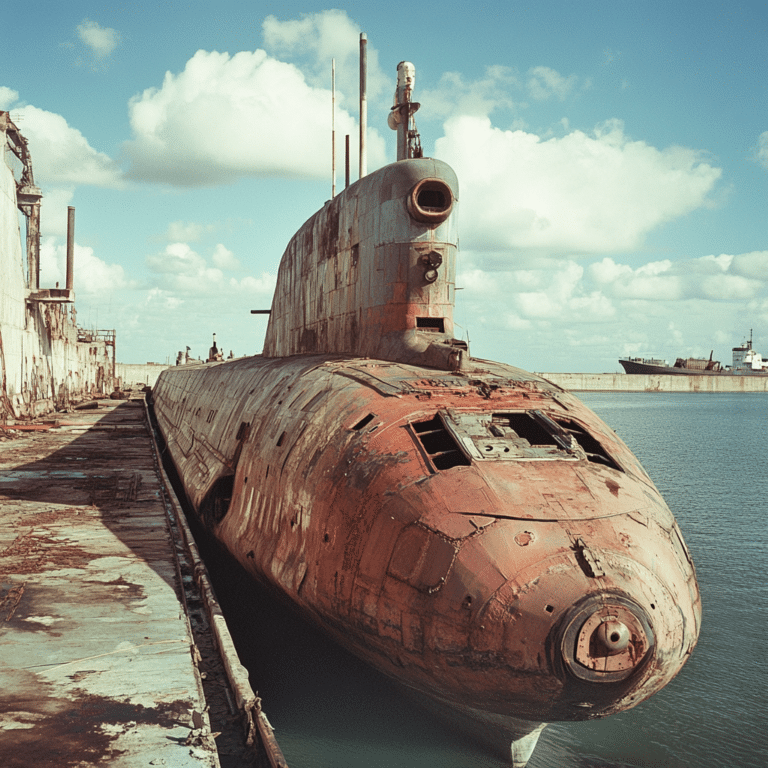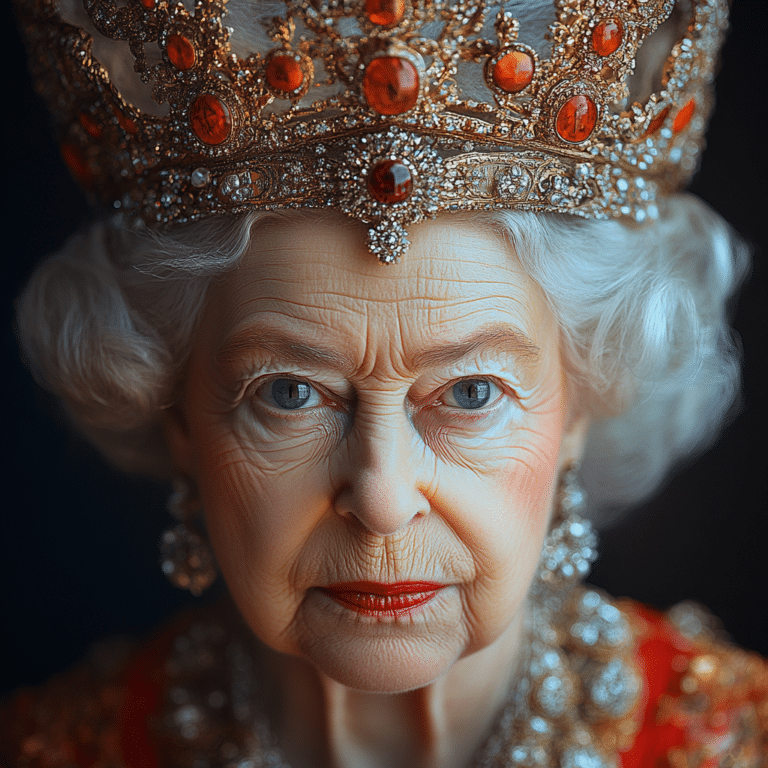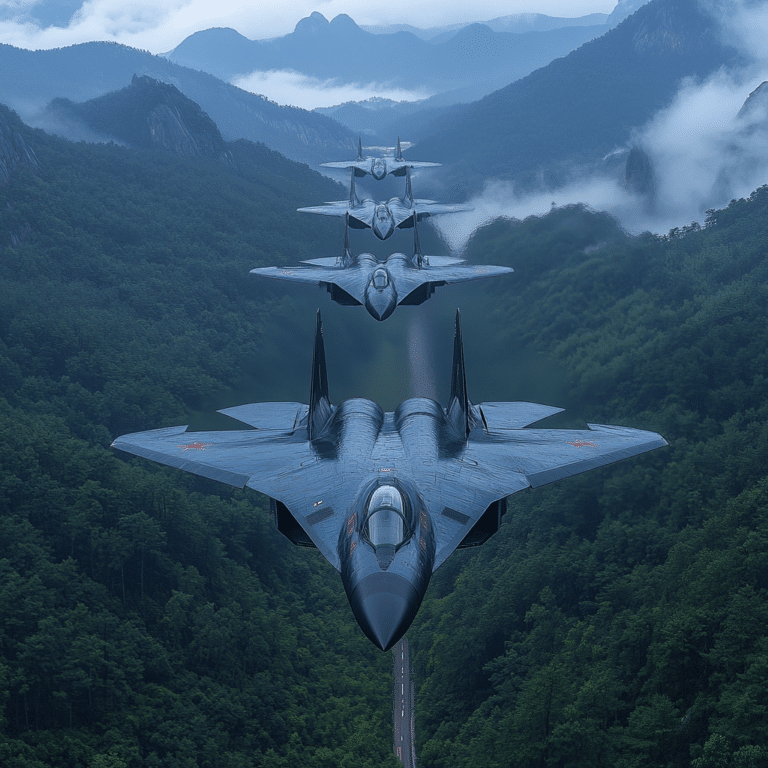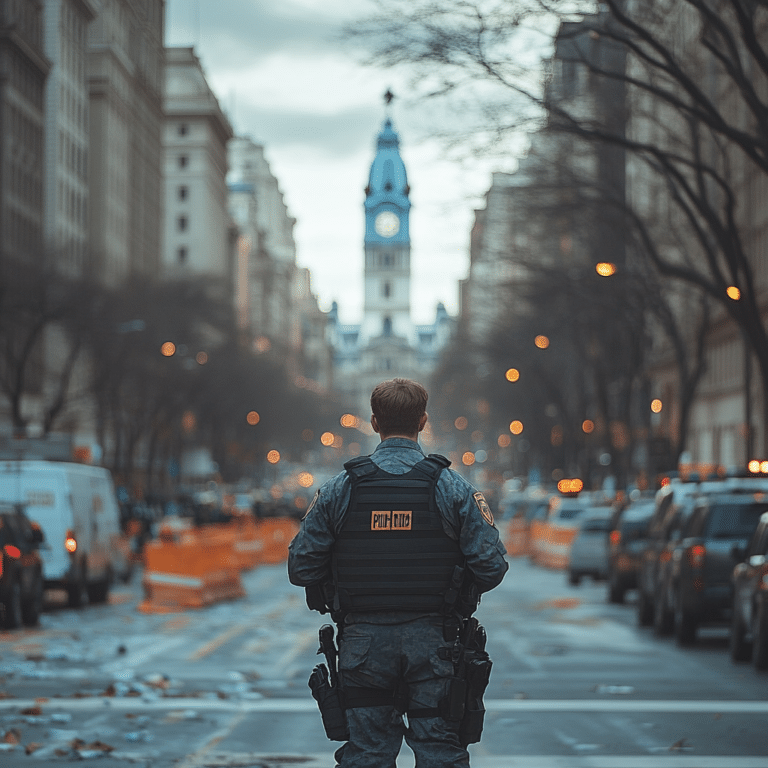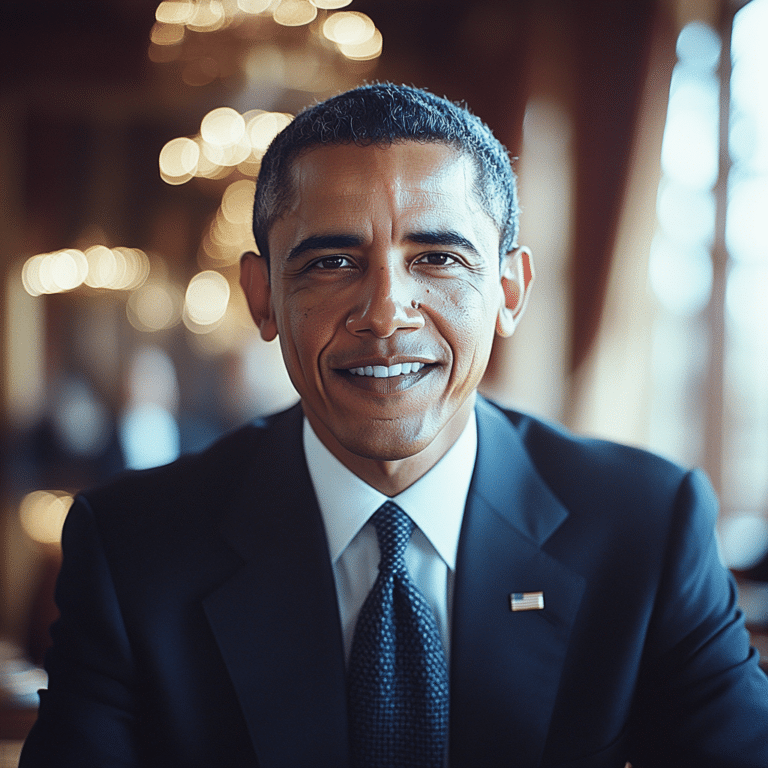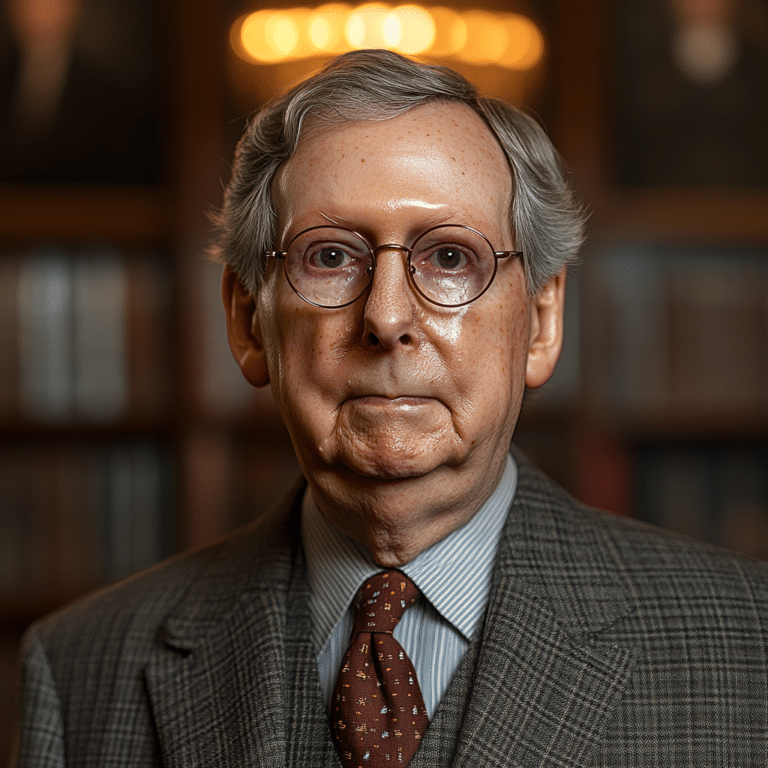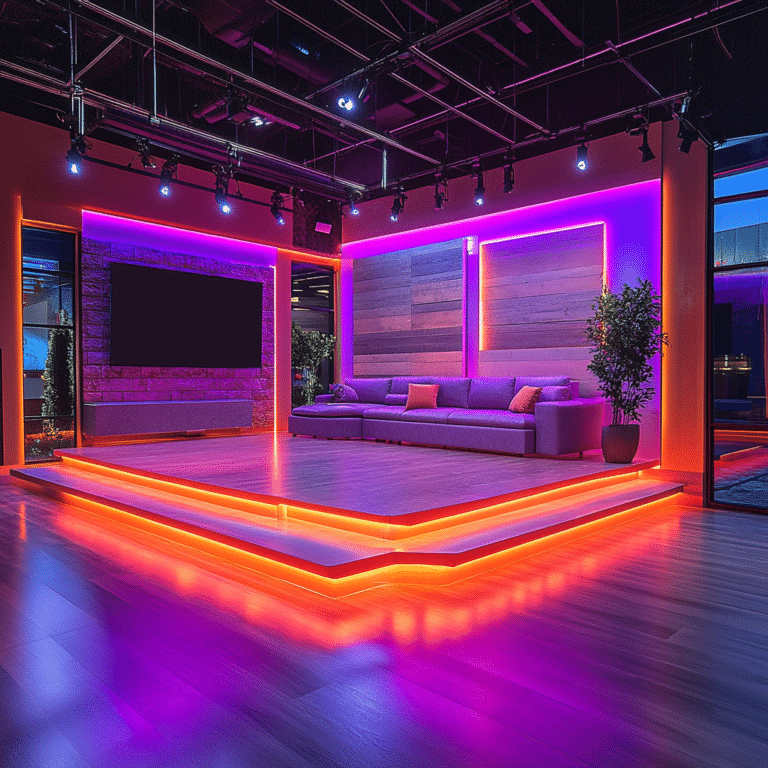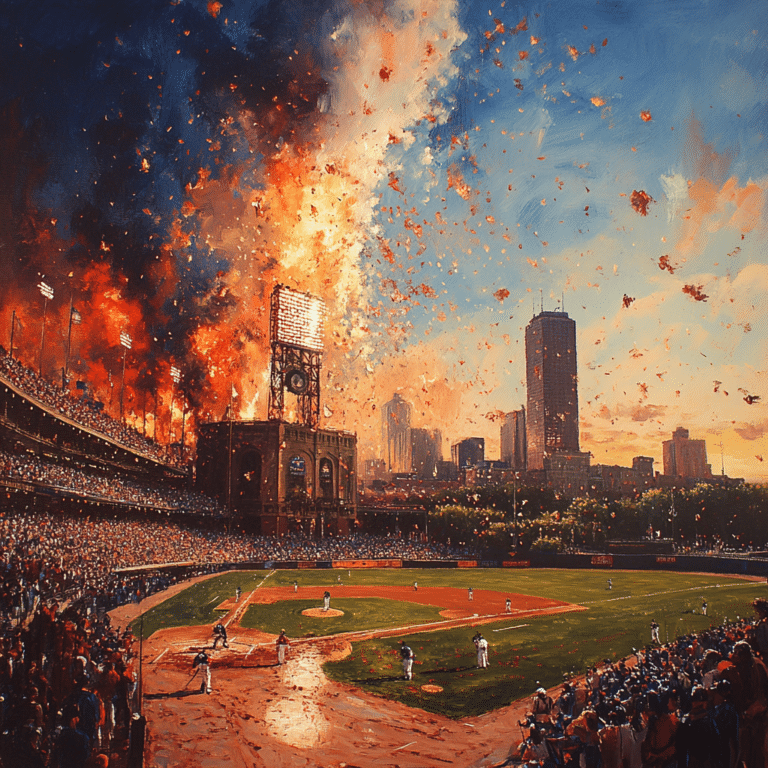Understanding Pro Palestine Protesters
In the cradle of American liberty, the city of Boston, a fresh wave of discord is sweeping through its cobblestone streets. Pro-Palestine protesters, with a fervor reminiscent of the city’s revolutionary zeal, have coalesced to voice their opposition to Israeli policies. The spark? An academic conference at a prestigious Boston university mixed scholarly discussion with political activism, igniting tensions and propelling pro-Palestine demonstrations into the public eye.
Witnesses looked on, some in dismay, others in solidarity, as protesters waved placards bearing phrases that cut deep into Israeli legitimacy and chanted slogans toeing the line of the controversial BDS movement. These were not isolated outbursts but a well-oriented expression of dissent. The collateral? Local businesses, notably Jewish-owned establishments, found themselves at the receiving end of pointed criticism – a development raising alarms over potential anti-Semitic undertones attempting to cloak themselves in political discourse.
The local authorities, caught in the tussle between upholding law and order and safeguarding the constitutional sanctity of free speech, maneuvered cautiously. Political leaders sought to balance outrage with outreach, threading the needle to avoid further unrest. Yet the question reverberates through the Freedom Trail: how far can one march before a protest morphs into a provocation?
The Swell of Voices: Pro Palestine Protest in the Heart of New York City
The city that never sleeps awoke to a chorus of dissent, as a multiplicity of voices converged at the iconic steps of the New York Public Library. The pro-Palestine protest, a spectacle of thousands, spilled out into the streets as protesters sought to amplify their dissent against Israeli actions. In a city synonymous with diversity, the protest painted a complex mosaic of opinions, including groups from within the Jewish community who critically questioned Israel’s policies – a telling sign of the intricate layers of belief that weave through this issue.
The gathering was a microcosm of our digital age, where online ecosystems fuel offline actions. Social media, with its boundless reach, served as the megaphone to broadcast the call to protest, gathering a multitude of individuals united under a shared banner for Palestinian rights. The very steps that tourists and locals casually ascend became a pulpit from which protestors voiced their discontent, hoping to echo off the concrete canyons of the Big Apple and into the halls of diplomacy.
At the core, the NYC protest, at times branded a “protest for humanity,” laid bare the diversity of thought on geopolitical struggles – a lesson in the nuanced landscape of activism and allyship within the backdrop of the nation’s cultural melting pot.
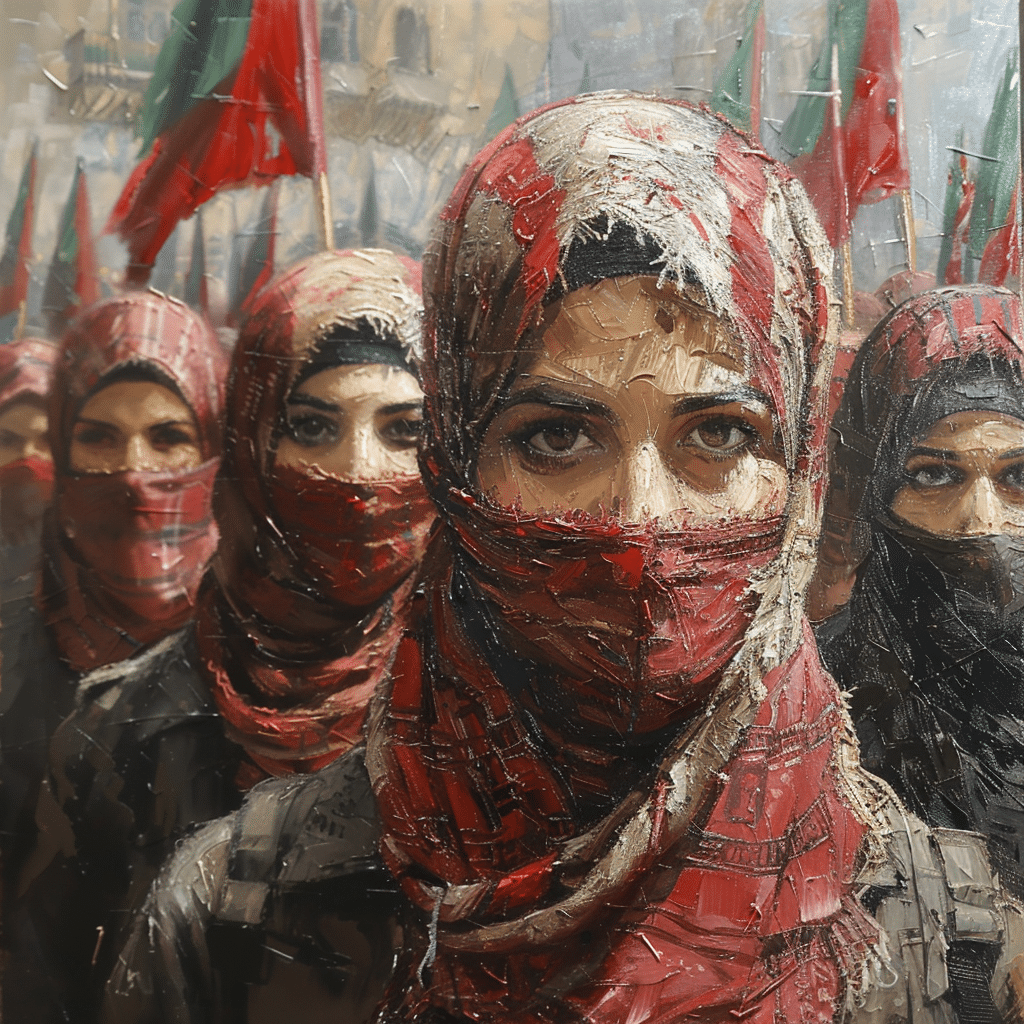
| Aspect | Detail |
|---|---|
| Event Name | Pro-Palestine Protest March |
| Location (London) | Central London, near Israeli embassy in west London |
| Date (London) | Four days prior to inquiry |
| Organized By (London) | Palestine Solidarity Campaign (PSC) |
| Objective (London) | Calling for immediate ceasefire in the Israel-Gaza conflict |
| Size of the March (London) | Tens of thousands of participants |
| Previous Activity (London) | Static rally in October |
| Event Name | The March on Washington for Gaza |
| Location (Washington) | Washington D.C. |
| Date (Washington) | January 13, 2024 |
| Organized By (Washington) | American Muslim Task Force for Palestine, CAIR, and other groups |
| Objective (Washington) | Calling for a ceasefire in the Israel–Hamas war |
| Geography of the Area | Southern Levant |
| Gaza Strip Borders | Mediterranean Sea, Egypt, Israel |
| West Bank Borders | Jordan, Israel |
| International Response | Not specified in given data |
The Most Magical Place on Earth Disrupted: Pro Palestine Protest at Disneyland
What’s typically a haven for childhood reverie and family escapes took on an unexpected role as a stage for international advocacy. A pro-Palestine protest within the gates of Disneyland, juxtaposing fairy-tale dreams with the stark realities of geopolitical disputes, left many bewildered. As banners unfurled and chants rose, the park’s iconic Cinderella Castle bore witness to a message it was never intended to echo.
The protesters intended to strike a chord with an audience unaccustomed to such displays – the families and tourists there for enchantment, not engagement with the complex Israel-Palestine conflict. But amidst the marching and messaging, an underlying conversation emerged about when and where activism should intersect with escapism.
Disney, famed for crafting worlds of fantasy, found its brand enmeshed in a real-world saga far grimmer than its usual storylines. The pro-Palestine protest at Disneyland didn’t just make headlines; it sparked questions about how corporations navigate the blending of activism and entertainment – a conundrum for businesses caught at the crossroads of commerce and conscience in our increasingly interconnected world.
Unmasking the Agenda: The Method Behind Pro Palestine Protesters’ Marches
There’s more than meets the eye with these pro-Palestine marches. Far from random outbursts, these protests are the result of meticulous planning, networking, and, let’s not beat around the bush, substantial financial backing. The protesters’ marches are strategic, playing out on the urban stage to attract maximum visibility and provoke debate, all with a singular vision – to drum up support for the Palestinian cause and pressure Israel into concessions.
But what’s the long game? Interviews with protest organizers unearth an operational finesse that belies the chaotic veneer of the marches. These aren’t mere demonstrations but well-oiled machines geared towards a larger agenda. The routes are carefully chosen to pass by symbolic sites, the slogans crafted for maximum emotional impact, and the logistics laid down to ensure the marches go off without a hitch.
The breadth of the network involved is impressive: a tapestry woven from various grassroots groups, faith-based organizations, and social justice collectives, each bringing their distinct flavor to the palette of protest. The picture that emerges is one of a complex and well-resourced movement aiming not just to make a statement but to shape policy, change minds, and, ultimately, alter the course of the conflict itself.
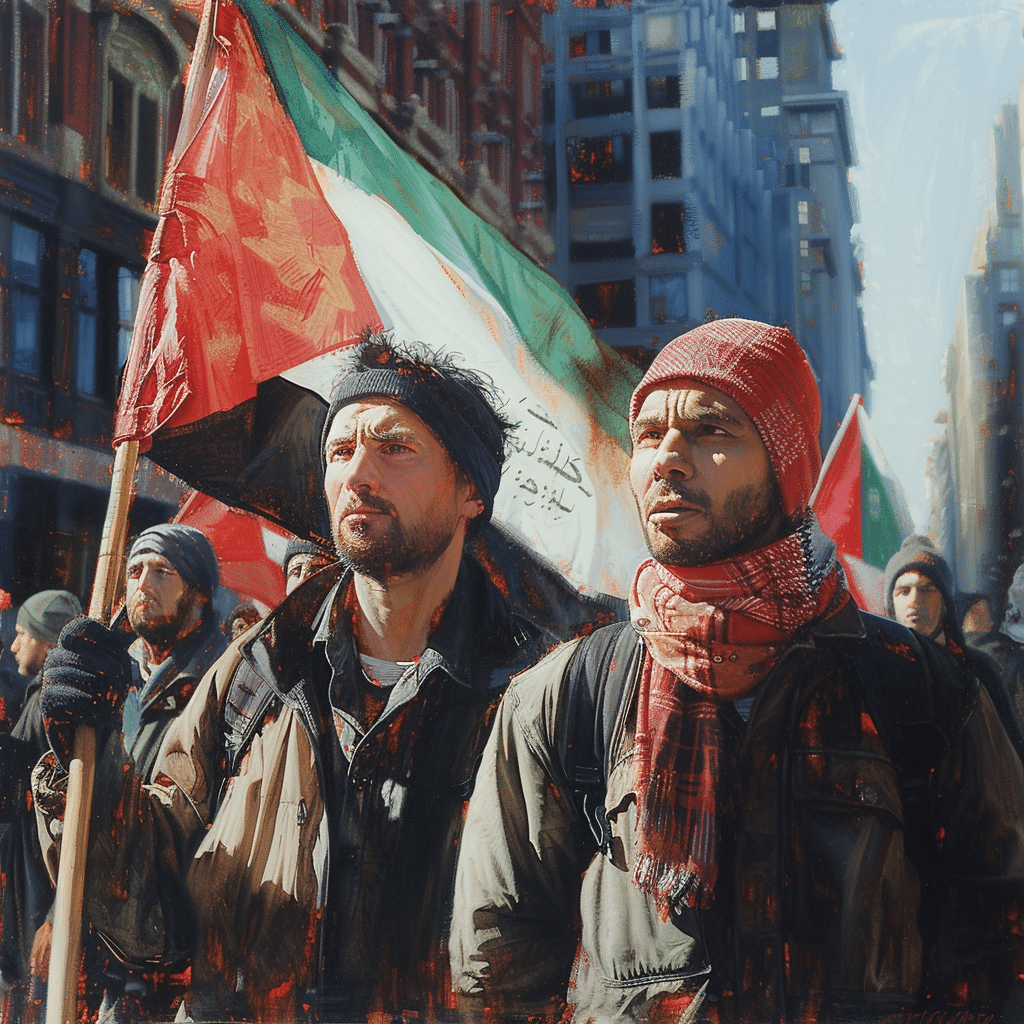
The Echoes of Dissent: An In-Depth Look at Nationwide Pro Palestinian Protests
As we widen the lens, a patchwork of pro-Palestinian protests across the United States comes into focus. From the West Coast to the Midwest, each march bears the imprint of its local populace and the nuance of its civic tapestry. The messages vary, reflecting the multiplicity of perspectives on the issue: some call for peace and justice, while others outright condemn Israeli policies or voice support for Palestinian self-determination.
Local administrations, community figureheads, and everyday citizens have greeted these protests with a range of reactions – some with open arms, others with raised eyebrows. Los Angeles, Chicago, and Houston stand out, each with their own storyline of pro-Palestine fervor playing out on their streets. In L.A., protests have a glitzy Hollywood backdrop, in Chicago, they’re steeped in the city’s storied history of labor and civil rights movements, and in Houston, they reflect an emerging discourse on global issues in a city traditionally associated with oil and space exploration.
These case studies aren’t mere footnotes; they are the pulse of a grassroots movement aimed at swaying American opinion on a deeply entrenched conflict that lies oceans away. They’re the sound of a growing chorus, each march a verse adding to the song of dissent ringing out across the nation.
Conclusion: Assessing the Waves of Change
The clamor has subsided, but the resonance of the pro-Palestine protesters’ bold demonstrations lingers. What we’ve detailed here are more than snapshots of collective action – they’re chapters of a narrative that’s redefining American engagement with the Israeli-Palestinian conflict. These moves, audacious in form and direction, are not merely symbol-laden or opportunistic; they’re reshaping the contours of the conversation.
Whether these protests, which transpired in the most unexpected of venues and ignited passions on both ends of the political spectrum, will lead to a seismic shift in public opinion remains a moot point. But one thing is certain: the terrain of activism is evolving, and with it, our perception of advocacy, activism, and the avenues through which voices clamor for change.
As the dust settles on the streets where pro-Palestine voices echoed, one wonders how these shockwaves will ripple through the American political and social landscape. The strategies adopted by these protesters – their geographical and cultural literacy – have injected new life into the dialogue. While the efficacy of their methods may be debated, their impact is undeniable: they have drawn eyes, ears, and hearts to a cause that refuses to be silenced.
Pro Palestine Protesters: Facts That Will Knock Your Socks Off
When you hear about Pro Palestine protesters, you might just think of marches and political signs, but boy, you’re in for a wild ride with these unbelievable tidbits!
The Forbearance of Activism
Let’s kick off with a term that gets thrown around quite a bit in the world of protests but isn’t as widely understood: forbearance. In activism, just like in the financial world, forbearance is about patience and restraint—key traits for those passionate Pro Palestine protesters who are in this for the long haul, enduring and organizing peaceful demonstrations. By the way, if you’re looking to understand forbearance in a monetary context, you can always hit up a solid mortgage definition For forbearance.
DIY Signs: The Protesters’ Craft
Protesters are nothing if not resourceful! Did you know that many supporters of Palestine at marches get downright crafty? They’re known for creating some inventive signs that would put your average Diy project to shame. In a way, protests are the stage where creativity meets conviction—much like an unconventional hobby—a platform to express raw, unfiltered voices through an array of hand-painted posters and clever slogans.
The Spicoli of Protests
Remember Spicoli, that laid-back surfer dude from “Fast Times at Ridgemont High”? Well, Pro Palestine marches sometimes have their own version of Spicoli—those free-spirited souls who are all about peace, love, and solidarity. They stand out in the crowd, bringing a bit of that Spicoli-charm, even when the going gets tough and the debates get heated.
Star Power in the Struggle
Speaking of movies, let’s drop some Hollywood facts. Did you know that the struggle of Palestine has found its way into the glitz and glam of Tinseltown? Celebrities have lent their voices in support, and among them is none other than the multi-talented actress Zoe Kravitz. When she’s not on set for one of her many Movies And TV Shows, she’s been known to speak up for humanitarian causes, amplifying the message of Pro Palestine protesters far and wide.
Cuisine Meet Cause
Now, think of the most famous sandwich shop in Florence—All’Antico Vinaio. What does it have in common with Pro Palestine protests? Community! Just as All’antico Vinaio is a gathering spot for locals and tourists alike, similar communal vibes flow through Pro Palestine marches, where shared goals and mutual support are as abundant as the scrumptious fillings in those Florentine focaccias.
The Big Apple’s Voice
Lastly, let’s talk about the hubbub in the Big Apple. New York City, known for its diversity and activism, has hosted some of the most notable Pro Palestine rallies. From chants echoing off the high rises to the indomitable spirit that ripples through the streets, The Palestine protest in Nyc shows just how a city so varied and vast can unite for a single cause.
There you have it, folks! A whirlwind tour of some jaw-dropping and playful facts surrounding the Pro Palestine protesters. Who knew activism had so many layers, from patience and DIY creativity to celeb support and a sense of fellowship? Next time you see a headline about another march, remember there’s more to the story than meets the eye.
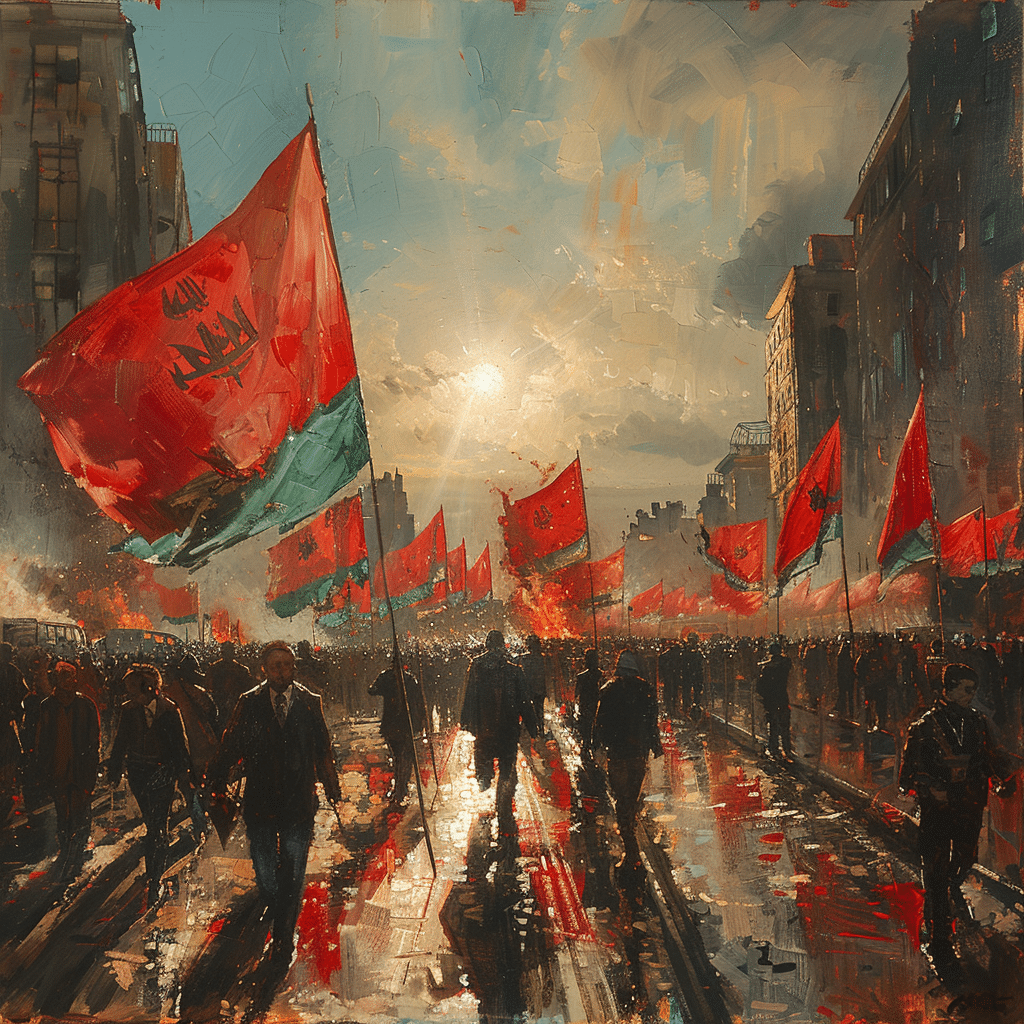
What is a pro Palestine march?
What is a pro-Palestine march?
Whoa, let’s hit the streets for a hot minute! A pro-Palestine march is pretty much a big crowd of folks—tens of thousands even—walking through the streets to shout out support for Palestinian rights. Think banners, chants, and a whole lot of passion. The recent one in London? It was all about pressing the pause button on the Israel-Gaza war, calling for a ceasefire. And guess what? They took their message right to the doorstep of the Israeli embassy in west London! Talk about making a statement, huh?
How many Palestinians have been killed by Israel?
How many Palestinians have been killed by Israel?
Now, that’s a heavy question. The numbers change depending on the source and, sadly, as conflicts continue. Look, it’s no secret that the Israel-Palestine scuffle is one tough, ongoing battle, with casualties on both sides. I can’t give you the latest headcount right off the bat, but human rights groups keep tabs, and sadly, the tally often includes civilians, women, and kids. For specifics, you’d need the most recent reports—stuff can happen in the blink of an eye over there.
Is Palestine a part of Israel?
Is Palestine a part of Israel?
Alright, let’s straighten this out. Officially, as of my last update, Palestine isn’t recognized as a part of Israel. You see, the State of Palestine claims the West Bank and Gaza Strip, and it’s shooting for full-on sovereignty. But here’s the kicker—loads of countries around the world recognize it, but Israel doesn’t. So it’s like they’re neighbors with one heck of a property dispute.
Who started the war between Israel and Palestine?
Who started the war between Israel and Palestine?
Oh, that’s a can of worms right there! The Israel-Palestine rumble has roots that go way back. It’s like asking who started a family feud—dependin’ on who you ask, you’ll get a different story. Historically, tensions escalated big time after the creation of Israel in 1948. And since then, who threw the first punch in each round? Well, that’s a topic hotly debated ’round the clock.
What is Palestine’s goal?
What is Palestine’s goal?
Get ready for a serious mission statement! Palestine’s goal is to wave its own flag over an independent, sovereign state. We’re talkin’ recognized borders (those ’67 lines are always in the mix), East Jerusalem as its capital—oh, and a fair solution for those Palestinian refugees. It’s all about self-determination and gettin’ their own spot on the map.
What is present day Palestine called?
What is present day Palestine called?
Present day Palestine typically refers to the West Bank and the Gaza Strip. But don’t go lookin’ for it on every map just yet—while over 130 United Nations members give it a nod, others are still on the fence. It’s a bit like being famous without a star on Hollywood Boulevard—known by many, but not quite official for some.
How many Jews died in the 6 Day war?
How many Jews died in the 6 Day War?
During the Six-Day War back in ’67—man, that was quite the showdown—Israel suffered casualties, but not nearly as many as some of its neighbors. The toll? Reports usually say around 800 Jewish lives were lost. It was a tough time; intense fighting, with both soldiers and some civilians caught up in the storm.
Why is Hamas at war with Israel?
Why is Hamas at war with Israel?
Okay, strap in for a quick history lesson. Hamas, the gang in charge of the Gaza Strip, they’re not exactly pen pals with Israel. See, they don’t recognize Israel’s right to exist and they’re all about resistance—sometimes including rockets and attacks. Israel’s like, “No way, not on our watch,” and voila, you’ve got yourself one ongoing conflict with a side of international headaches.
What is the issue between Israel and Gaza?
What is the issue between Israel and Gaza?
Yikes, where to start? The issue is like a long-standing feud that makes the Hatfields and McCoys look like a playground tiff. Gaza, ruled by Hamas, is on lockdown by Israel and Egypt, and it’s one of the central pieces in the whole Israel-Palestine saga. Israel says it’s about security; Palestinians in Gaza say it’s about their rights and ending the blockade. It’s a pressure cooker situation with no easy lid to pop off.
Who lived in Palestine first?
Who lived in Palestine first?
Ah, the age-old “who was here first” debate—talk about stirring the pot! This land’s been walked on for centuries by a whole mix of folks: Canaanites, Israelites, you name it. Pinpointing the very first is a historian’s nightmare with a side of political hot potato. Safe to say, it’s been a melting pot since way back when.
Why are Israel and Palestine fighting?
Why are Israel and Palestine fighting?
Whew, this is the million-dollar question! Israel and Palestine have been at loggerheads for ages, mainly over who gets to call which parts of the land their own. Both sides see historical and religious claims to the same spot, and they’re both pretty adamant about their rights. It’s like two chefs fighting over who makes the best pie, but way, way more complicated and dangerous.
Why did Britain give Palestine to Israel?
Why did Britain give Palestine to Israel?
Hold up! That’s a bit of a mix-up. Britain didn’t exactly hand Palestine over with a bow on top. Post-World War I, the Brits had a League of Nations mandate to rule Palestine, and they did so ’til 1948. Then the UN stepped in with a partition plan, but war broke out, and Israel declared independence. So, it’s not like Britain just gave it away; it was more like they left a complicated situation that got even messier.
Does KFC support Israel?
Does KFC support Israel?
Y’all, this one’s got urban legend vibes. There’s been chatter online about where KFC’s loyalties lie, but remember, a big brand like KFC usually plays it close to the chest. Without the Colonel giving us the word, it’s just rumors and speculation. But if you’re asking if KFC has restaurants in Israel? Nah, they closed shop there a few years back.
What did Israel do to Palestine?
What did Israel do to Palestine?
Right, the beef between Israel and Palestine has lots of chapters. Things got real gnarly post-1948 when Israel was founded, leading to wars, occupation, and endless tiffs. Israel’s done settlements in the West Bank and a tough blockade on Gaza, while Palestinians say, “Hey, that’s our turf, and we want our rights.” It’s a tit-for-tat that’s caused a world of heartache and political quagmires.
Why does the US support Israel?
Why does the US support Israel?
Oh buddy, the US-Israel bromance has layers to it! Strategic interests, shared democratic values, and strong lobby groups—you name it. It’s rooted in Cold War alliances and the US sees Israel as a key player in a rough neighborhood. So, Uncle Sam’s been like a big bro to Israel, serving up military aid and diplomatic support on the world stage.
What was the agreement between Israel and PLO?
What was the agreement between Israel and PLO?
History buffs, perk up! The Oslo Accords, back in the ’90s, was like this handshake between Israel and the PLO (that’s the Palestine Liberation Organization). They were shooting for peace and mutual recognition, and although it gave folks hope, it was kinda like building a house on quicksand—shaky and since then, things have kept sinking.
What is the freedom movement in Palestine?
What is the freedom movement in Palestine?
Gear up for a cause! The freedom movement in Palestine is a powerful mix of protests, political action, and everyday folks pushing for an independent state. Picture it as Palestine’s big drive to break free from Israeli rule and fly its own flag, with events like marches, diplomatic efforts, and campaigns to get the world’s attention. You can’t miss the desire for freedom that’s almost tangible.
What sport is Palestine known for?
What sport is Palestine known for?
Bet you didn’t see this one coming! Palestine might not be rocking the Olympics, but they’ve got a soft spot for football (soccer for the Americans!). It’s the big pastime around there, with local leagues and their very own national team. They’re playing the long game, making moves on and off the pitch, aiming for goals far beyond the net.
Is a march a protest?
Is a march a protest?
Heck, yeah! A march is like a protest’s mobile cousin; it takes the action to the streets. When folks want to raise their voices, show numbers, and move their message literally forward, they call up a march. It’s the go-to method for anyone looking to fight for their cause with some good ol’ fashioned foot power.

